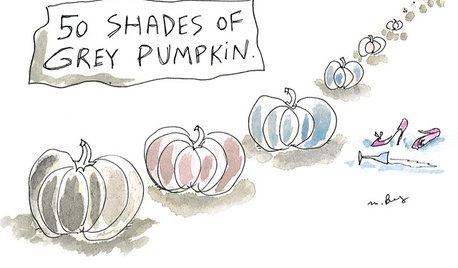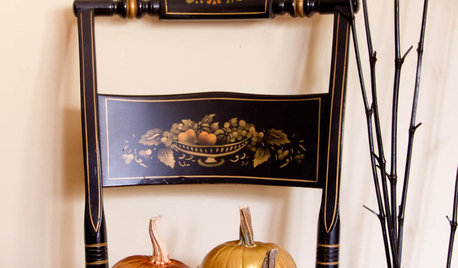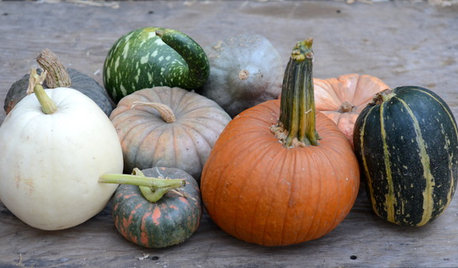how to grow Seminole pumpkins ???
slowpoke_gardener
11 years ago
Featured Answer
Sort by:Oldest
Comments (17)
Macmex
11 years agolast modified: 9 years agoslowpoke_gardener
11 years agolast modified: 9 years agoRelated Professionals
Clemson Landscape Architects & Landscape Designers · Jennings Landscape Architects & Landscape Designers · Garden City Landscape Architects & Landscape Designers · Clark Landscape Contractors · Desert Hot Springs Landscape Contractors · Edwardsville Landscape Contractors · Lady Lake Landscape Contractors · Long Branch Landscape Contractors · Wayland Landscape Contractors · Bethany Decks, Patios & Outdoor Enclosures · Gladstone Decks, Patios & Outdoor Enclosures · Lancaster Decks, Patios & Outdoor Enclosures · North Myrtle Beach Decks, Patios & Outdoor Enclosures · Quincy Decks, Patios & Outdoor Enclosures · Schaumburg Decks, Patios & Outdoor EnclosuresOkiedawn OK Zone 7
11 years agolast modified: 9 years agoslowpoke_gardener
11 years agolast modified: 9 years agosoonergrandmom
11 years agolast modified: 9 years agojeanettebujold
7 years agolast modified: 7 years agoOkiedawn OK Zone 7
7 years agosoonergrandmom
7 years agochickencoupe
7 years agoamunk01
7 years agojadegarden2
7 years agojeanettebujold
7 years agoOkiedawn OK Zone 7
7 years agojadegarden2
7 years agoMacmex
7 years agojadegarden2
7 years ago
Related Stories

EDIBLE GARDENSSummer Crops: How to Grow Pumpkins
Start in spring to grow your own fall decorations and have plenty left for pies
Full Story
HOLIDAYSPumpkin Themes to Haunt Your Halloween
What current events and decorating styles will inspire your pumpkins this year?
Full Story
DECORATING GUIDESPretty Up Pumpkins With Paint
Put down the carving knife — we've got a better way to prep your pumpkins for Halloween
Full Story
ORANGETreat Your Rooms to Pumpkin Pie Orange
Stir some pumpkin colors into your interiors for design deliciousness that lasts well beyond Thanksgiving
Full Story
GARDENING GUIDESJoin Us for a Parade of Pumpkins
Fall eye candy: Get to know 9 winter squash varieties, including Long Island Cheese and Blue Hubbard
Full Story
MOST POPULARFalling for Color: 9 Ways With Pumpkin Orange
From racing stripes to accent walls, see how to work this vibrant hue into your home
Full Story
FARM YOUR YARD6 Things to Know Before You Start Growing Your Own Food
It takes time and practice, but growing edibles in the suburbs or city is possible with smart prep and patience
Full Story
EDIBLE GARDENSSummer Crops: How to Grow Squash
Almost foolproof and with cheerful flowers, squash comes in a wide range of varieties to plant in spring
Full Story
MOST POPULARSummer Crops: How to Grow Sunflowers
Savor snack-tastic sunflower seeds once the radiant blooms have faded — if the birds have saved you any, that is
Full Story
EDIBLE GARDENSHouzz Call: What Did You Grow This Summer?
Let’s celebrate the homegrown fruits and vegetables of the season. Post your pictures and tell us about your harvest
Full Story







Okiedawn OK Zone 7